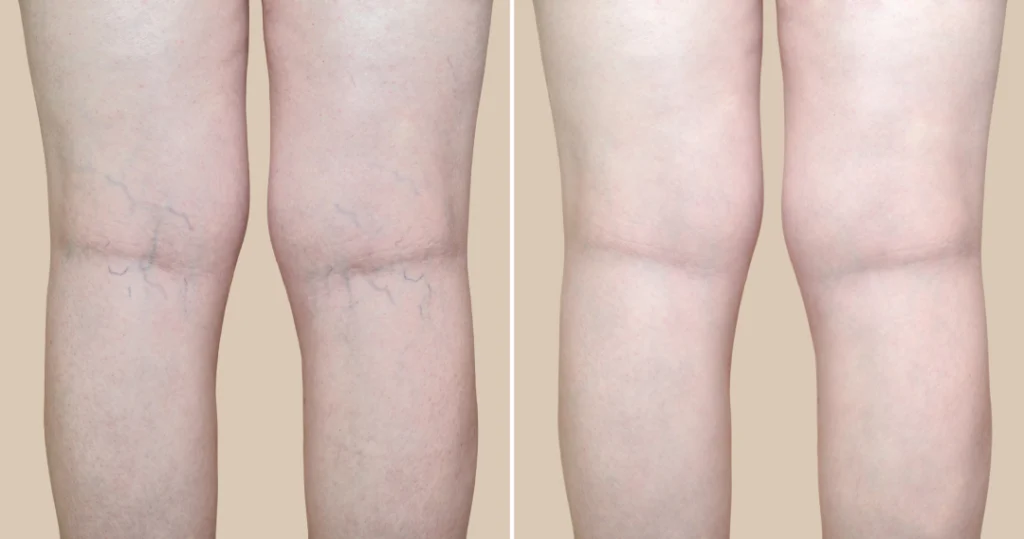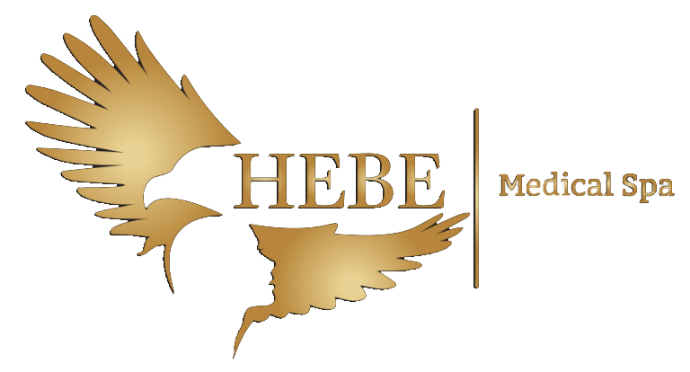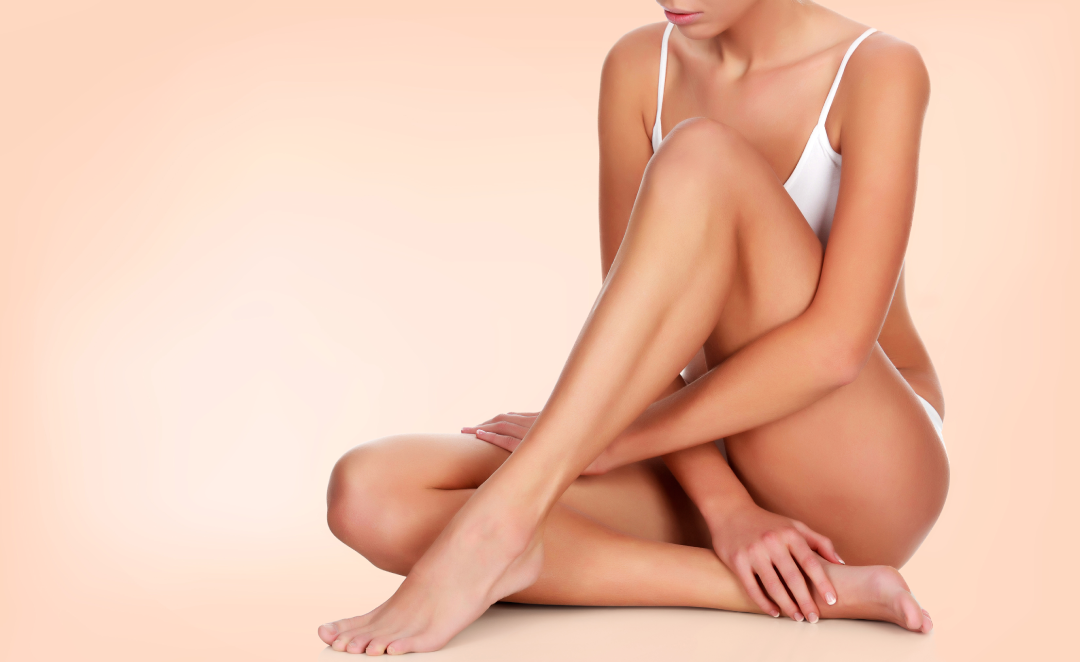Visible spider veins—those delicate, web-like patterns that often appear on the legs and face—can be a source of self-consciousness for many. While they are generally harmless, their presence can affect one’s confidence and comfort in wearing certain clothing.
Advancements in cosmetic vein removal treatments, such as laser vein removal, offer effective solutions to diminish these vascular imperfections, restoring both appearance and self-assurance.
Understanding the Different Types of Veins
To appreciate how treatments like laser vein removal work, it’s essential to understand the various types of veins in our circulatory system:
- Deep Veins: Located within muscle tissues, these veins are paired with corresponding arteries and are crucial for transporting blood back to the heart.
- Superficial Veins: Situated close to the skin’s surface, these veins lack corresponding arteries. They are often the veins visible beneath the skin and can become varicose or develop into spider veins.
- Systemic Veins: These veins are found throughout the body, carrying deoxygenated blood from various tissues back to the heart.
- Pulmonary Veins: Unique in their function, pulmonary veins transport oxygen-rich blood from the lungs to the heart, differing from other veins that carry deoxygenated blood.
Understanding these distinctions helps in identifying which veins are prone to issues like spider veins and determining appropriate blood vessel treatment options.
Factors Leading to Visible Spider Veins
Several factors can contribute to the development of spider veins:
- Prolonged Sitting or Standing: Occupations or habits that involve extended periods of sitting or standing can impede blood flow, leading to increased pressure in the veins and the formation of spider veins.
- Hormonal Changes: Fluctuations in hormones, particularly during pregnancy, puberty, or menopause, can weaken vein walls, making them more susceptible to becoming spider veins.
- Sun Exposure: Excessive exposure to the sun, especially on fair skin, can cause blood vessels to dilate and become more prominent, leading to spider veins, particularly on the face.
- Injuries: Trauma or injuries to the skin can damage blood vessels, resulting in the appearance of spider veins as the vessels heal.
- Genetics: A family history of vein issues can increase the likelihood of developing spider veins, indicating a hereditary component to vein elasticity and strength.
Recognizing these factors is crucial in both preventing and seeking appropriate treatment for spider veins. At The Hebe Medical Spa, we offer laser vein removal to effectively address visible spider veins, helping you achieve clearer skin.
What Is Laser Vein Removal?
Laser vein removal is a minimally invasive procedure that uses focused laser energy to target and diminish the appearance of spider veins. The laser emits light that is absorbed by the blood within the targeted veins, causing them to coagulate and eventually be reabsorbed by the body. This process leads to a reduction in the visibility of the veins, resulting in a clearer complexion.

Everything You Need to Know About Spider Veins and Laser Treatment
Delving deeper into spider veins and their treatment options can empower individuals to make informed decisions:
Appearance and Symptoms
Spider veins are small, dilated blood vessels that become visible beneath the skin’s surface, often creating thin, branching lines resembling a spider’s web or tree branches. They are most commonly found on the legs, face, and chest but can appear in other areas as well.
While typically painless, some individuals report:
- A mild burning or tingling sensation, especially after prolonged standing.
- Itching in the affected area, particularly in the legs.
- A feeling of heaviness or fatigue in the legs, which may indicate deeper vein issues.
- Skin discoloration in cases where spider veins are more prominent or long-standing.
Even if they don’t cause physical discomfort, many individuals seek treatment for cosmetic reasons, as spider veins can make the skin appear uneven or aged.
Diagnosis
A physical examination is often all that is required for a healthcare provider to diagnose spider veins. The provider may:
- Examine the affected area to assess the pattern and extent of the veins.
- Ask about symptoms such as leg discomfort or skin irritation.
- In some cases, ultrasound imaging may be used to check for underlying vein conditions, especially if varicose veins or venous insufficiency are suspected.
This step is crucial in determining the best treatment approach, as spider veins may sometimes indicate deeper vascular conditions requiring additional care.
Treatment Options
Several methods can reduce or eliminate spider veins, depending on their size, location, and severity:
- Sclerotherapy: A saline or chemical solution is injected into the veins, causing them to collapse and fade over time. Best suited for larger spider veins or varicose veins on the legs.
- Laser Vein Treatment: A non-invasive method that uses concentrated laser energy to heat and destroy the vein, making it fade and eventually disappear. Most effective for smaller veins and those on the face.
- Lifestyle Adjustments: Maintaining a healthy weight, exercising regularly, and elevating the legs can improve circulation and prevent new spider veins from forming.
- Compression Therapy: Wearing compression stockings can help reduce symptoms in the legs and slow the progression of visible veins.
Laser vein removal is one of the most popular choices for those looking for a quick, non-invasive solution with minimal discomfort and no need for injections.
Procedure Details
Laser vein removal is performed using a specialized laser device that targets the affected veins with pulses of concentrated light energy. This damages the vein walls, causing the vein to close off and be gradually reabsorbed by the body.
What to Expect During Treatment:
- A cooling gel may be applied to the skin for comfort and protection.
- The laser device is passed over the treatment area, delivering light pulses to the targeted veins.
- Most patients describe the sensation as a mild stinging or warming feeling, similar to a rubber band snap.
- The procedure typically lasts between 15 to 30 minutes, depending on the size and number of veins being treated.
- No incisions, needles, or anesthesia are required, making it one of the least invasive vein treatments available.
Since laser vein reduction is a progressive treatment, results improve over time as the body naturally clears the damaged veins.
Post-Treatment Care
After laser vein treatment, the skin may appear slightly red or swollen, similar to a mild sunburn. Proper post-care is essential for optimal healing and long-lasting results:
- Avoid direct sun exposure to the treated area for at least two weeks to prevent pigmentation changes. Always use broad-spectrum sunscreen (SPF 30 or higher).
- Refrain from hot showers, saunas, and intense workouts for the first 48 hours to reduce irritation and swelling.
- Keep the treated area moisturized with a gentle, non-irritating lotion to aid in skin recovery.
- Some mild bruising may occur, but it typically fades within a week or two.
Most patients return to normal activities immediately, but strenuous exercise and prolonged standing should be minimized for a few days after the procedure.
Effectiveness
While many people notice an improvement after just one session, optimal results usually require multiple treatments. Factors affecting the number of sessions include:
- Vein size and depth: Smaller veins typically respond faster than larger ones.
- Location of the veins: Facial veins tend to fade more quickly than leg veins, which may need additional sessions.
- Skin tone and sensitivity: Some individuals may require longer treatment intervals to allow for proper skin healing.
- Underlying vascular health: If deeper venous insufficiency is present, additional treatments or combination therapies may be necessary.
Most patients see a significant reduction in visible veins after 1 to 3 treatments, spaced 4 to 6 weeks apart.

Risks and Considerations
Laser vein removal is a safe and effective procedure, but as with any cosmetic treatment, it comes with potential risks:
- Temporary redness and swelling, which typically resolves within a few days.
- Skin discoloration, particularly in those with darker skin tones, if post-treatment sun exposure is not properly managed.
- Slight risk of blistering or scarring, though rare, especially when the procedure is performed by an experienced provider.
- Not suitable for all veins – large, bulging varicose veins may require alternative treatments like sclerotherapy or surgical options.
To minimize risks and maximize results, it’s important to consult a qualified provider who specializes in laser vein treatment and has experience treating different skin types and vascular conditions.
Embrace Clearer Skin with Laser Vein Removal
At The Hebe Medical Spa in Fishkill and Latham, NY, we understand the impact that visible veins can have on your confidence and overall well-being. Our laser vein removal services are designed to address these concerns effectively and safely.
Our state-of-the-art facilities are equipped with advanced technology to provide personalized treatment plans tailored to your unique needs. Our experienced team is committed to helping you achieve clearer, healthier-looking skin.
Take the first step towards revitalized skin by scheduling a consultation with us. Let us guide you on your journey to enhanced confidence and beauty!

